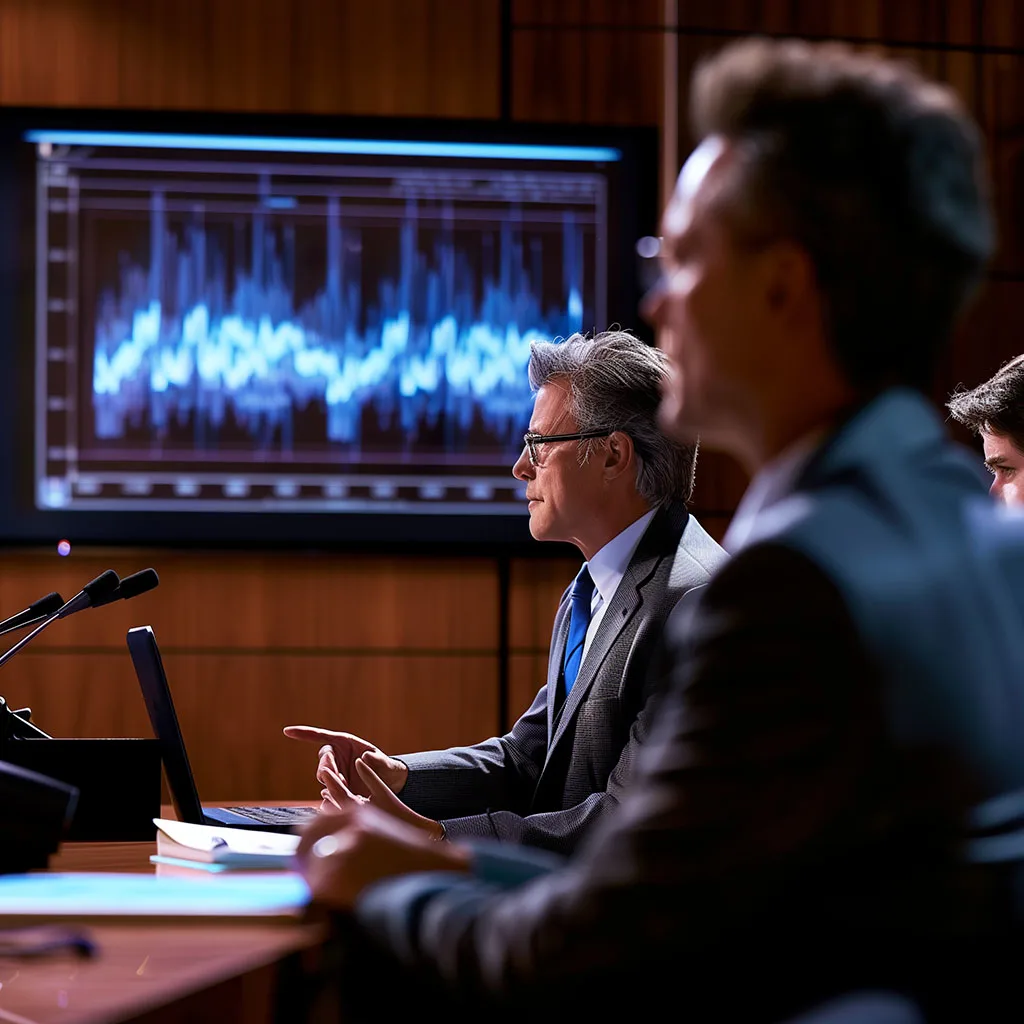Sometimes it requires going over short sections of a recording, listening very carefully, and even after clarification, further repetitive listening to try and tease out comprehension. It might be a three-second phrase. It may be a 10-second segment or a couple of sentences.
 We might take several hours trying to decipher that short segment, making what we call a forensic transcript, which is much more thorough than a court reporter would put together.
We might take several hours trying to decipher that short segment, making what we call a forensic transcript, which is much more thorough than a court reporter would put together.
That’s because it’s our professional opinion as audio experts to describe what we hear, and we sometimes need to testify about this in court. We might create a transcript and submit it to the court on behalf of our client through their attorney.
The other side may contest it and say, “That’s not what we hear. We don’t hear that.”
So then our attorney asks us to come into court, maybe in front of the jury, and questions us. We explain the enhancements we do, what we hear, and how we reached this conclusion. We demonstrate audio filters and some of the work done.
“So this is the before, and this is the after,” we say. “This is the program and how we used it.”
And then we say, “Now jury, do you hear it like we hear it?”
In court, this is an extremely effective technique.